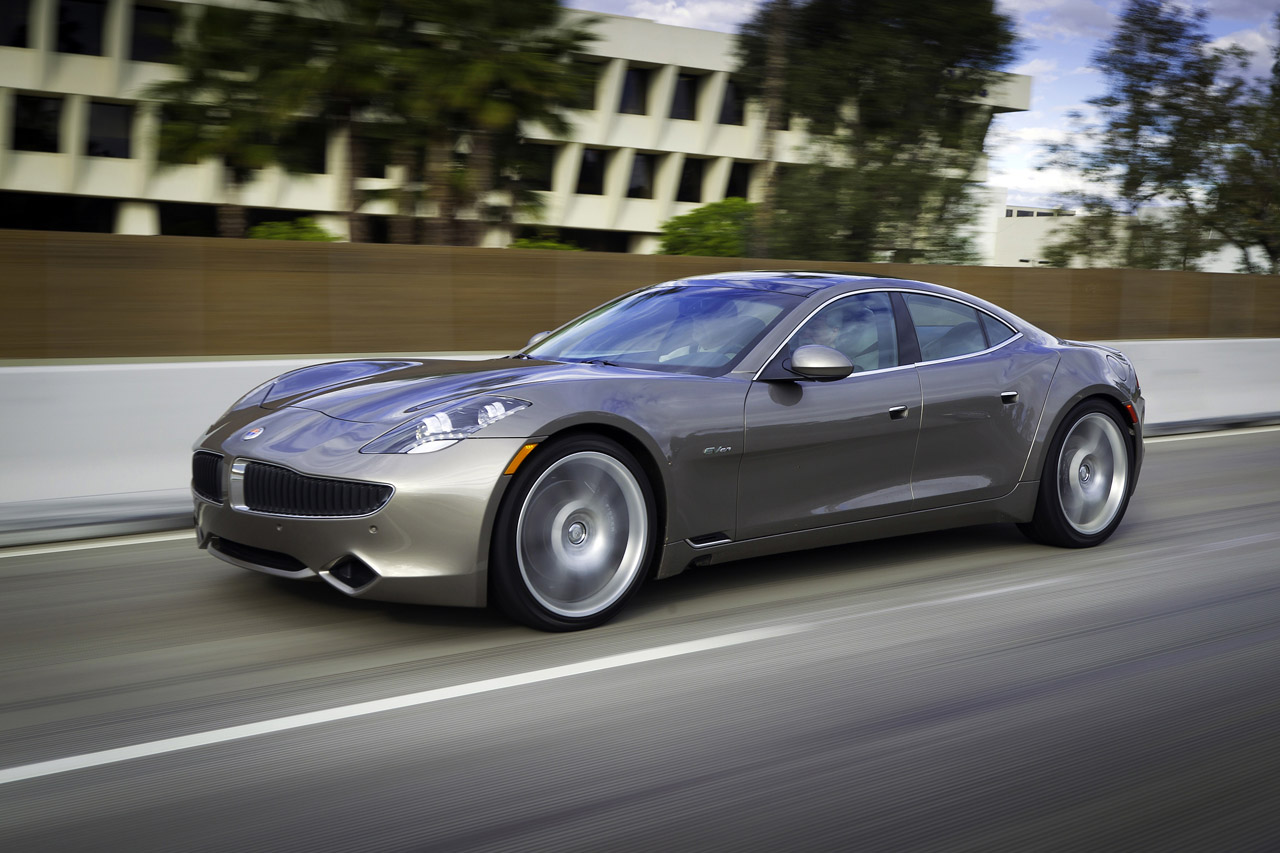Why the Fisker Karma is a future classic.
With the increasing popularity of electric and plug-in hybrid cars, quite a few models have appeared on the market over the years. Including rather special exotics, such as the Fisker Karma. Not many have been sold of the handsome PHEV, but so it is all the more special. As far as we are concerned, a true future classic.
The Fisker Karma is a luxury sporty sedan that has played a major part in the transition from fossil fuel driving to electricity. In fact, the Karma was one of the first plug-in hybrid cars you could buy. People were especially super curious about what driving on electricity is like. The car was presented in 2008 at the North American International Auto Show. In 2011, the first production models appeared on the streets.
Famous designer
We touched on it briefly in the intro: the Fisker Karma has a beautiful design. It comes from the pen of Henrik Fisker. The Danish designer has drawn tasteful models before. How about the BMW Z8, the Aston Martin V8 and the DB9? Also helped draw the first Tesla Model S.
Low emmission pioneer
Fisker Automotive actually started as a custom car company that rebuilt existing cars and gave them their own look. Then came the first car of its own: the Karma. It had to be an environmentally friendly, luxury PHEV. Everything about the car was made with the thought of having as little negative impact on the environment as possible. To achieve that, for example, only carbon-neutral leather was used in the interior, which was not allowed to go outside a 100-kilometer circle around the company, so transportation could be limited. No chemicals were used at the leather processing site either, and the carbon footprint of the location itself was also kept as small as possible. Then you might be thinking, “Well, that’s not so bad either. Note: the Karma came out at the time when an M5 and RS 6 featured a V10 … So it was way ahead of its time.
Economical and powerful
The plug-in hybrid powertrain consists of a 2.0-liter four-cylinder good for 260 horsepower. With the help of two electric motors, the system output reaches 403 hp and 1,300 Nm. Not lousy specifications. This takes the nearly 2,500 kg Karma from standstill to 100 km/h in less than six seconds. For its weight and size, the Fisker Karma is reasonably economical, too. The carmaker itself quotes consumption of 1 liter for 48 kilometers. Fully electric will get you a long way, but in practice you should think of a consumption of 1 to 17.
Low production numbers
Fisker did not sell many copies of the Karma. Is that bad? Yes and no. Yes, because it didn’t help Fisker keep the company financially healthy so it could invest in new models. And no, low numbers are not bad because then the value of the car remains relatively high. A total of some 3,000 were produced, most of which were sold in America. The Karma was also well liked by the Dutch with 80 units registered here. On the used market, one pops up from time to time. The Fisker Karma also comes up sporadically at auctions. Only through those paths will you get to the car that contributed to the electrification at car as we know it today, because new they are no longer there.

